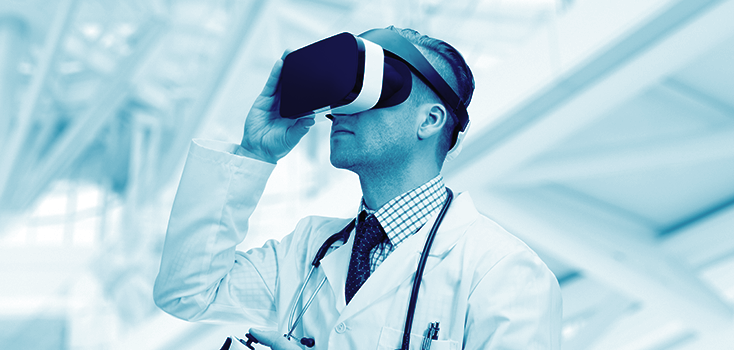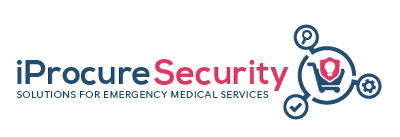
Virtual reality simulation in emergency medical training
Digitization has a far-reaching impact on the education system. There are now numerous new digital teaching and learning formats. Highly immersive virtual realities offer various possibilities for simulation training. In this article, the procedure and results of integrating a VR simulation environment into the training practice of emergency paramedics are presented.
Immersion describes the property of a medium to convey many sensory stimuli (e.g. visual, auditory, haptic) of virtual reality (VR) and to isolate the media user from stimuli from the physical environment if possible. With modern VR glasses, this succeeds to a greater extent than e.g. in the desktop-based, low-immersive VR. Highly immersive VR enables the three-dimensional representation of different locations and a virtual patient (VP).
With a VP, different symptom expressions can be displayed dynamically. By integrating virtual objects (e.g. emergency medical equipment) into the VR and other virtual agents (e.g. relatives of the patient), a variety of interaction options can be created in the virtual training environment. VR systems that are equipped with a motion tracking system also transmit the real movements of the training participants into the virtual environment and thus also allow them to be displayed as avatars in VR.
Such a VR simulation environment was developed in the EPICSAVE project in an interdisciplinary consortium. The VR is designed as a multi-user environment so that it supports the acquisition of professional skills (e.g. clinical decision-making) for the emergency medical care of emergency patients in a team. The hardware equipment for a team training with 2 trainees consists of 2 VR glasses, 4 operating controllers, and two PCs with a display for controlling the simulation by the trainers.
In the VR, the trainees are then confronted with a concrete emergency scenario in which the VP presents certain key symptoms. The task of the trainees is to provide systematic diagnostics and rescue services in accordance with the guidelines. For this purpose, they have the entire diagnostic and therapeutic equipment at their disposal. Thanks to the direct transmission of their position data to VR, they can operate the medical equipment with their virtual hands and interact with the VP.
VR thus extends the possibilities of education immensely – and could, therefore, play an important role in the future of medical education.

